"N" is for National Parks. For me - there was no other choice for "N".
I love National Parks and have a goal of visiting all of the National Parks in America. There are currently 62 and I have visited 31 of them so far. I even have a National Park passport that I get stamped at each park I visit.
I'm not alone in my love of the parks. In 2019, 327.5 million visits were made to our parks, and it shows. Traffic congestion, crowds, and long waits are all side effects of our love. Some of the more highly visited parks have implemented mandatory shuttle services, permits, and even close parks when parking has reached it capacity.
I recently visited Arches National Park and was stunned to see hundreds of vehicles coming into the park before sunrise. I realized later just how crowded this park had become since my previous visit 14 years earlier. By 10:00 am, they had closed the gates and would not allow any car to enter until another had exited.
When COVID hit, they closed many national parks and during this time, it was reported that "the bears were having a party" in Yosemite. Imagine what it was like for cubs to experience the park for the first time without lines of cars and hoards of people. Once the park was re-opened, they implemented a reservation system that limited the cars that could enter each day. Even with the decreased traffic, 4 bears were killed by vehicles in 3 weeks.
I'm very much in favor of more restrictions to enter our parks. It will make it tougher for me to visit, but it will benefit the park, the environment, and the wildlife - not to mention improving the overall experience for anyone who visits.
I should note that I also adore national monuments, state parks, and BLM land - but today - I am honoring our national parks. I selected one of the images I have taken from each National Park I have visited so far and included them here as a tribute to my beloved parks.
Hover over any image for title and description. You can also click on any image to open the National Park Gallery.
|
 Arches National Park, UtahArches National Park has the largest density of natural sandstone arches in the world, at over 2,000. North Window Arch is a popular spot for sunrise but it is pretty impressive at night too. Arches National Park, UtahArches National Park has the largest density of natural sandstone arches in the world, at over 2,000. North Window Arch is a popular spot for sunrise but it is pretty impressive at night too.
North Window Arch, Arches National Park
|
|
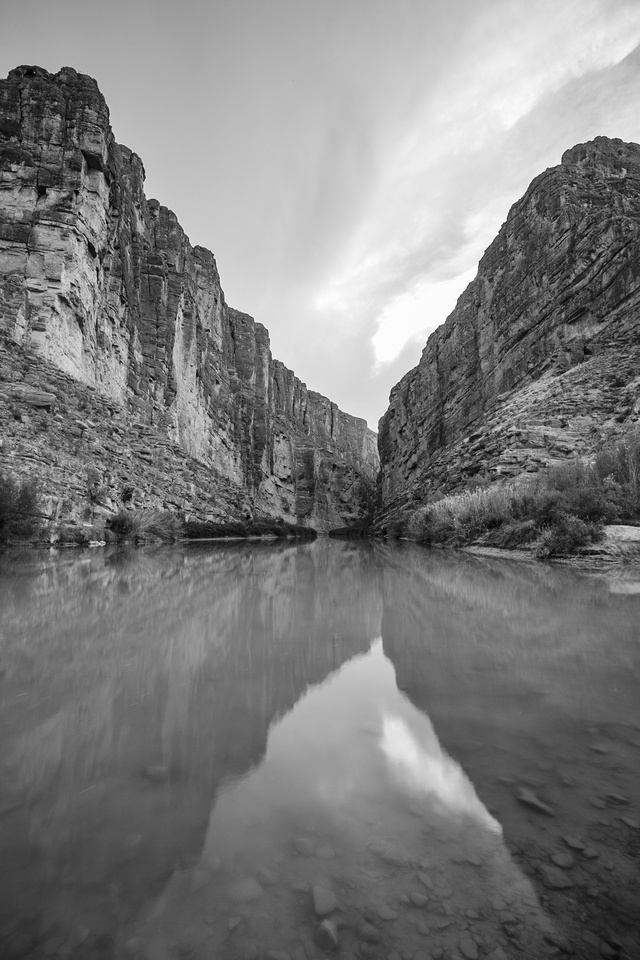 Big Bend National Park, TexasThe Rio Grande, shown here forms the southern boundary of Big Bend National Park, which encompasses the largest protected area of the Chihuahuan Desert in the United States. Big Bend National Park, TexasThe Rio Grande, shown here forms the southern boundary of Big Bend National Park, which encompasses the largest protected area of the Chihuahuan Desert in the United States.
Elena Canyon, Big Bend National Park
|
|
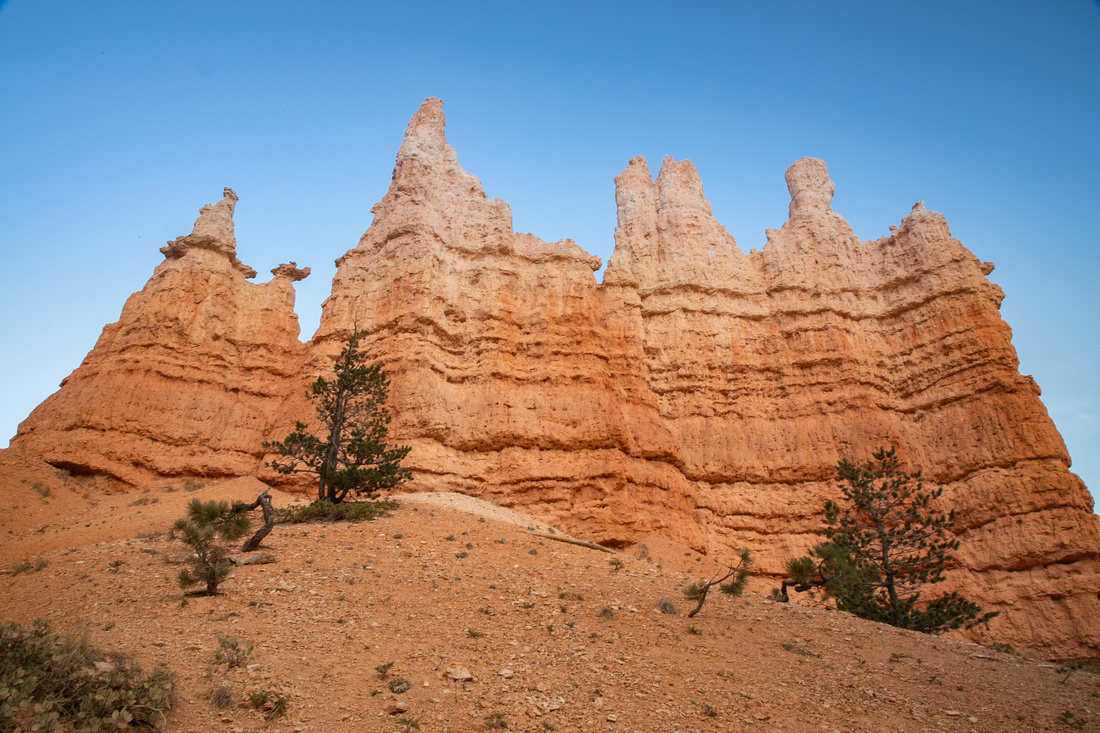 Bryce Canyon National Park, UtahBryce Canyon is known for the largest collection of hoo doos, which glow orange at sunrise and sunset. This park has a extensive trail system the allows you to walk through these fantastic formations. Bryce Canyon National Park, UtahBryce Canyon is known for the largest collection of hoo doos, which glow orange at sunrise and sunset. This park has a extensive trail system the allows you to walk through these fantastic formations.
Queen's Garden Trail, Bryce Canyon National Park
|
|
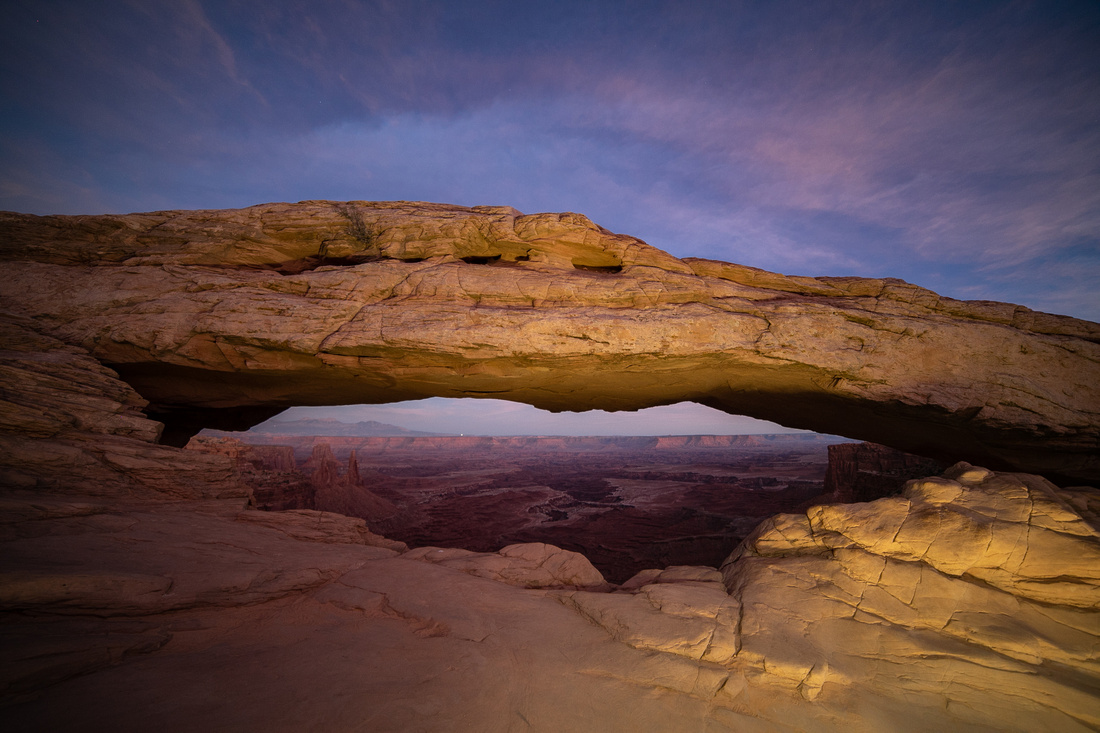 Canyonlands National Park, UtahMesa Arch is one of the most well known features in Canyonlands National Park. This photo was taken after dusk, and the area was deserted but by sunrise, there was nearly 50 people crowded around this arch trying to get that eyeconic photo. Canyonlands National Park, UtahMesa Arch is one of the most well known features in Canyonlands National Park. This photo was taken after dusk, and the area was deserted but by sunrise, there was nearly 50 people crowded around this arch trying to get that eyeconic photo.
Mesa Arch, Night view, Canyonlands National Park
|
|
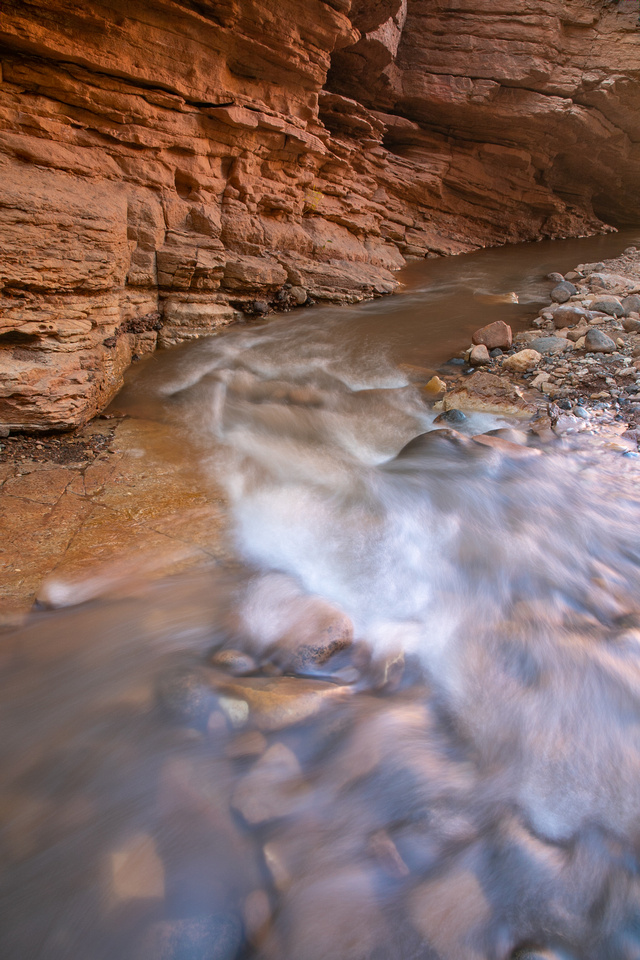 Capitol Reef National Park, UtahCapitol Reef is known for its red rock cliffs and canyons. This is Sulphur Creek which allows visitors to hike through the creek for a few miles along the impressive red rock. This was my favorite area in this park. Capitol Reef National Park, UtahCapitol Reef is known for its red rock cliffs and canyons. This is Sulphur Creek which allows visitors to hike through the creek for a few miles along the impressive red rock. This was my favorite area in this park.
Sulphur Creek, Capitol Reef National Park
|
|
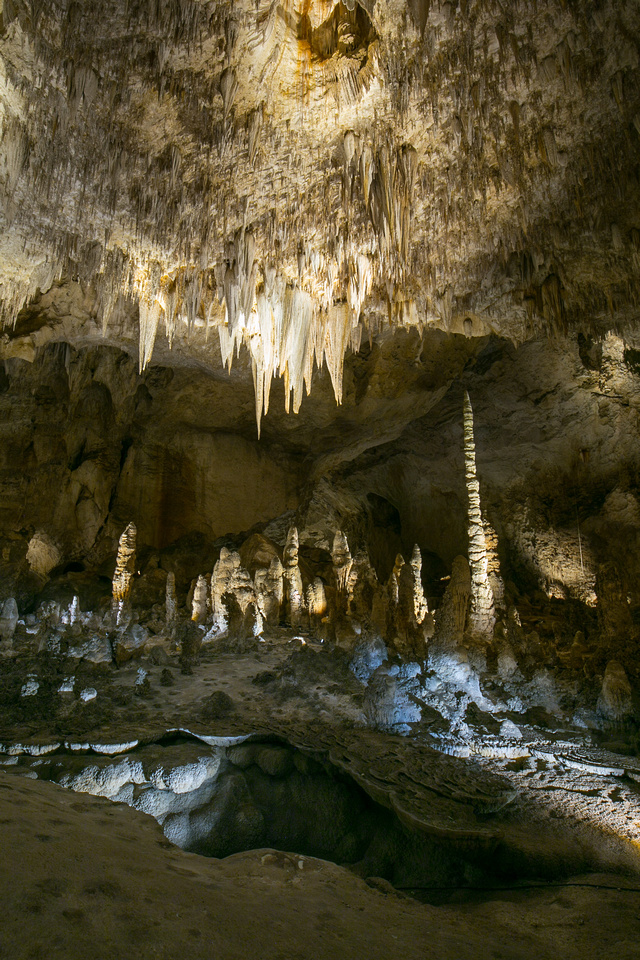 Carlsbad Caverns National Park, New MexicoCarlsbad Caverns is an amazing park. This Big Room in this cavern is 8.2 acres, the large cave chamber in North America. This park is also known for its 17 species of bats. Carlsbad Caverns National Park, New MexicoCarlsbad Caverns is an amazing park. This Big Room in this cavern is 8.2 acres, the large cave chamber in North America. This park is also known for its 17 species of bats.
Carlsbad Caverns National Park
|
|
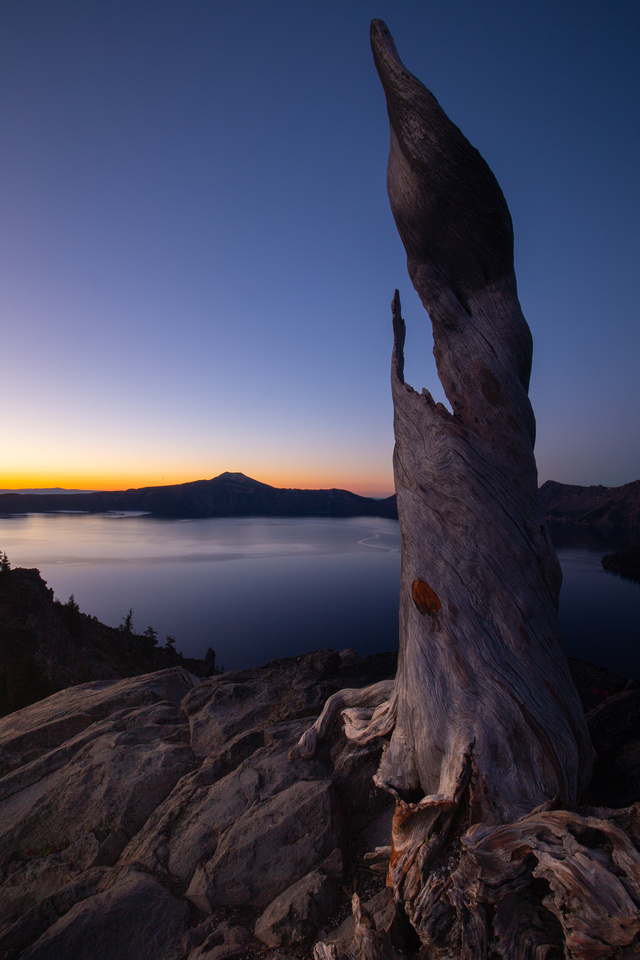 Crater Lake National Park, OregonCrater Lake is the deepest lake in America. There are no inlets to feed the lake. It's only source is from snow and rain. Crater Lake National Park, OregonCrater Lake is the deepest lake in America. There are no inlets to feed the lake. It's only source is from snow and rain.
Sunrise, Crater Lake National Park
|
|
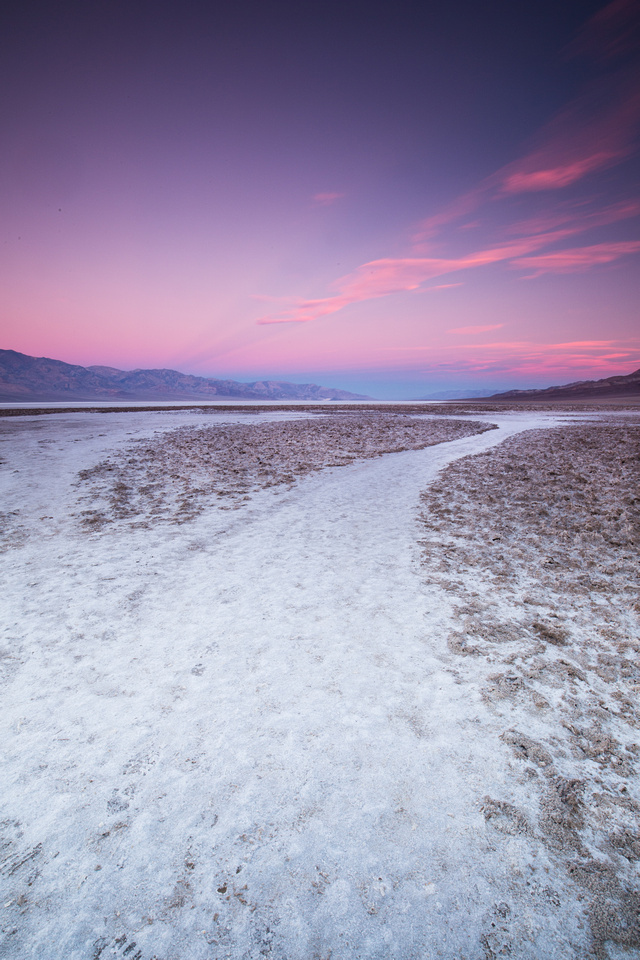 Death Valley National Park, CaliforniaDeath Valley is known for its extremes. It is the hottest, driest, and lowest elevation on the continent. This is Badwater, which is 282 feet below sea level. Death Valley National Park, CaliforniaDeath Valley is known for its extremes. It is the hottest, driest, and lowest elevation on the continent. This is Badwater, which is 282 feet below sea level.
Badwater, Death Valley National Park
|
|
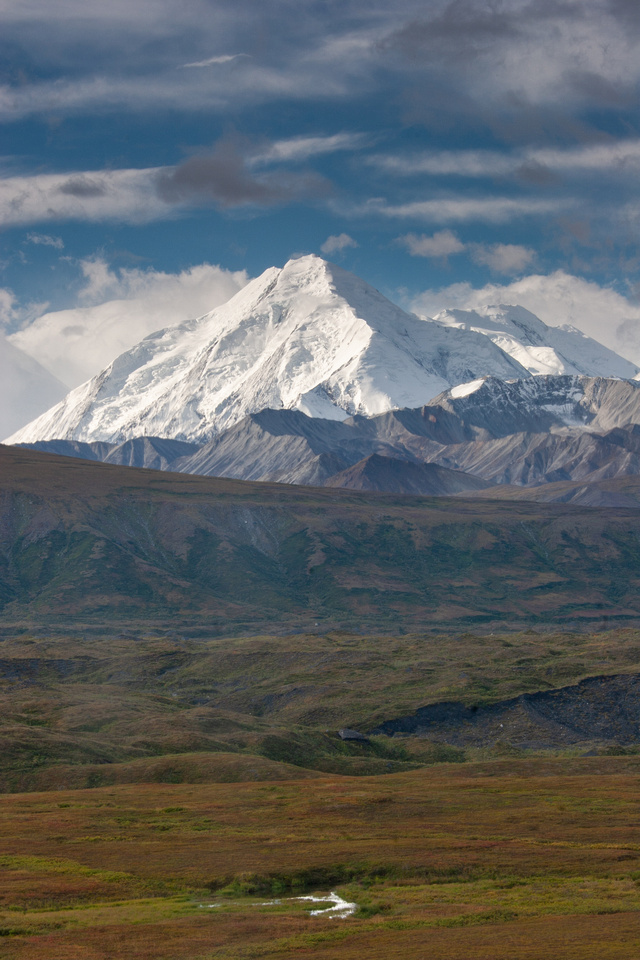 Denali National Park, AlaskaDenali is the tallest peak in North America at 20,310 feet. It is not uncommon to spend time in this park and never see the peak because it is obscured by clouds. I was lucky this day. Denali National Park, AlaskaDenali is the tallest peak in North America at 20,310 feet. It is not uncommon to spend time in this park and never see the peak because it is obscured by clouds. I was lucky this day.
Denali, Denali National Park
|
|
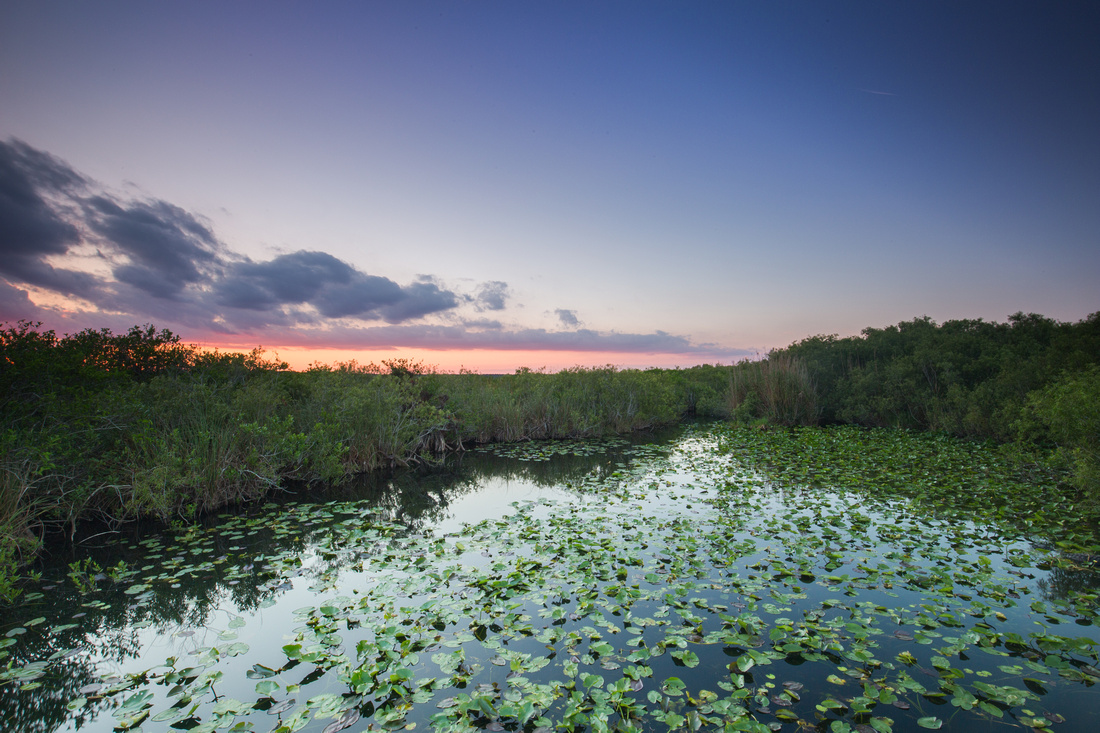 Everglades National Park, FloridaThe Everglades isn't all alligators, although they are quite exciting to observe in the wild. This park also has some beautiful scenery and a wide variety of bird species. Everglades National Park, FloridaThe Everglades isn't all alligators, although they are quite exciting to observe in the wild. This park also has some beautiful scenery and a wide variety of bird species.
Sunset, Everglades National Park
|
|
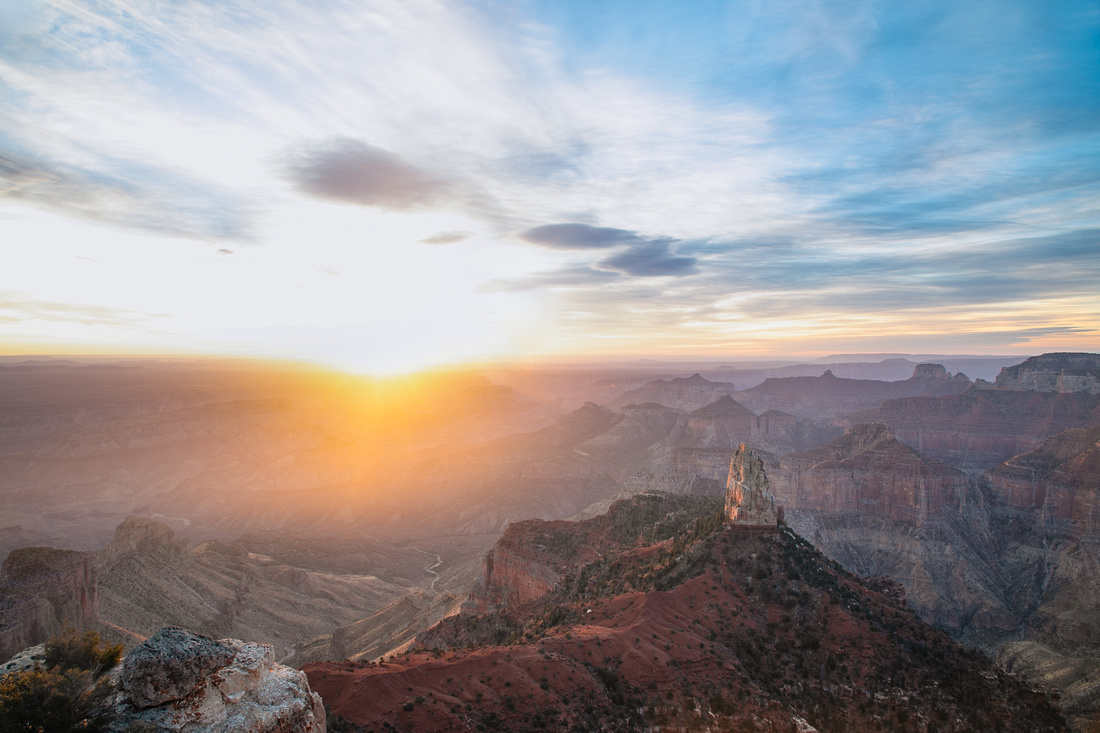 Grand Canyon National Park, ArizonaThe Grand Canyon is one of the most visited tourist destinations in the world. It is 6,000 feet deep at it's deepest point and 18 miles wide at it's widest point. This is sunrise at Cape Imperial on the North Rim. Grand Canyon National Park, ArizonaThe Grand Canyon is one of the most visited tourist destinations in the world. It is 6,000 feet deep at it's deepest point and 18 miles wide at it's widest point. This is sunrise at Cape Imperial on the North Rim.
Point Imperial, Grand Canyon National Park
|
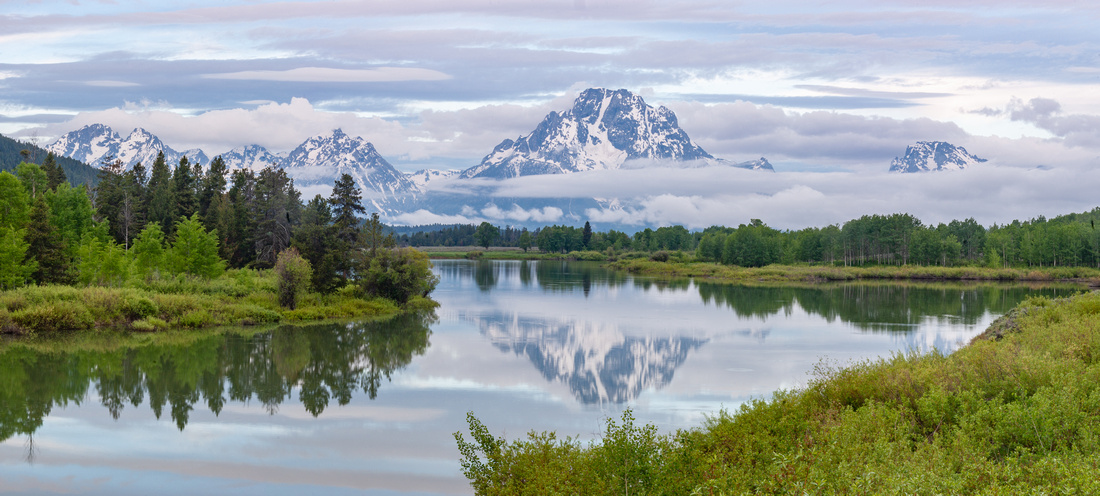 Grand Tetons National Park, WyomingThe Tetons are known for, well, the Tetons, but there is also a variety of wildlife viewing opportunities, hiking, fishing, and scenic drives. This is the sister park to Yellowstone. Grand Tetons National Park, WyomingThe Tetons are known for, well, the Tetons, but there is also a variety of wildlife viewing opportunities, hiking, fishing, and scenic drives. This is the sister park to Yellowstone.
Grand Tetons National Park |
|
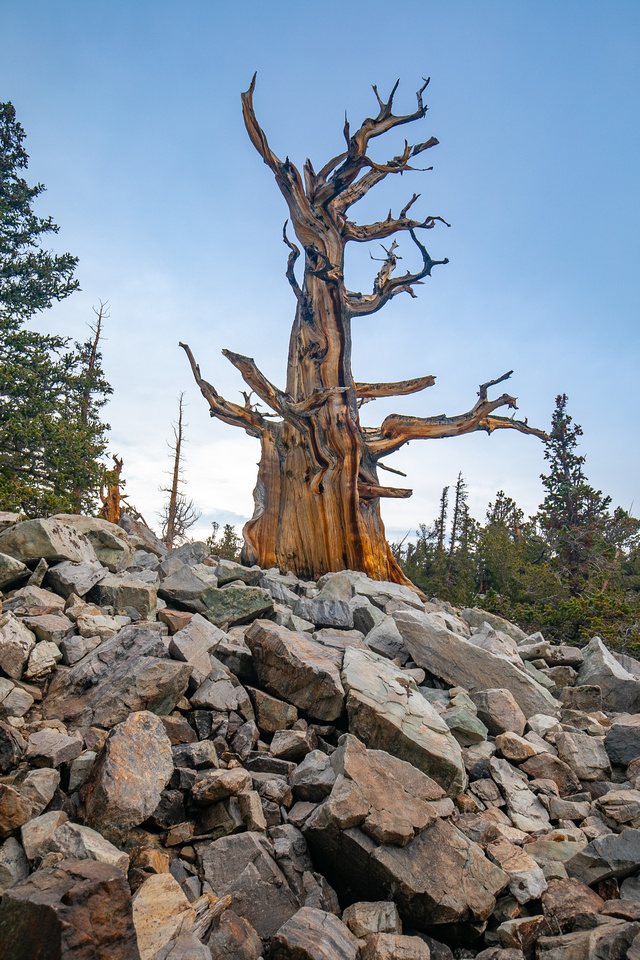 Great Basin National Park, NevadaAncient Bristlecone, located on the Ancient Bristlecone trail. This is an excellent interpretive trail with information about the trees, the climate & environment, and how the trees age is determined. Great Basin National Park, NevadaAncient Bristlecone, located on the Ancient Bristlecone trail. This is an excellent interpretive trail with information about the trees, the climate & environment, and how the trees age is determined.
Ancient Bristlecone, Great Basin National Park
|
|
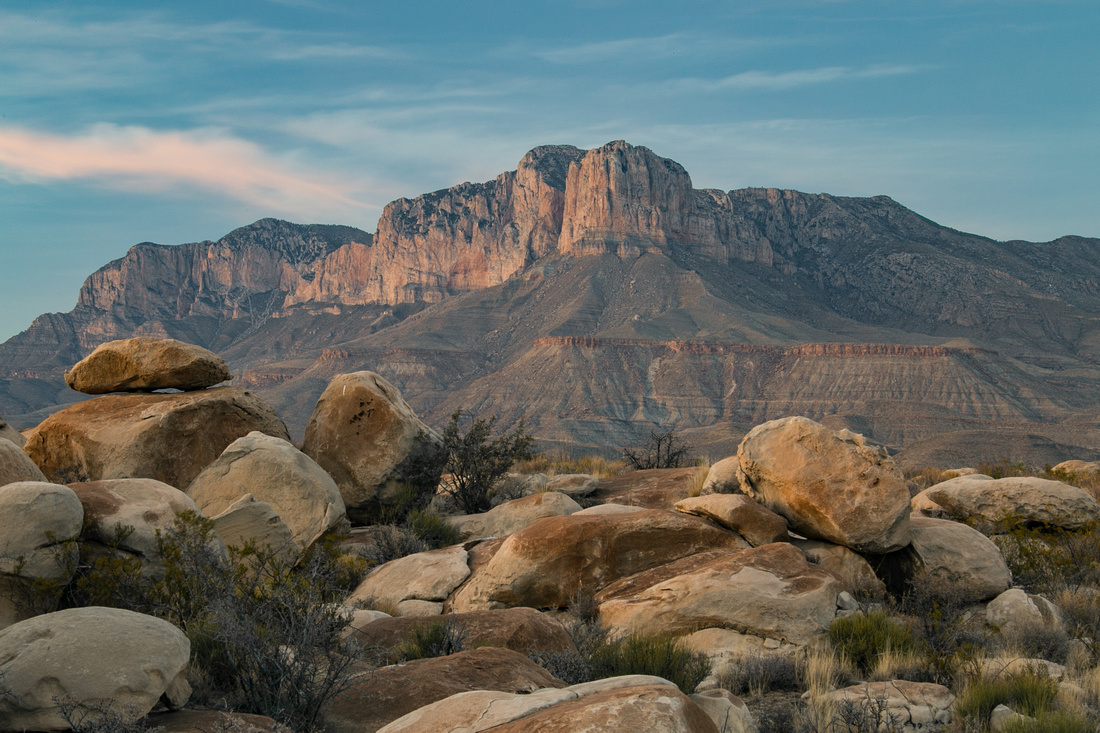 Guadalupe Mountains National Park, TexasGuadalupe Mountains National Park houses the four highest peaks in Texas, and is the most extensive Permian fossil reef. Guadalupe Mountains National Park, TexasGuadalupe Mountains National Park houses the four highest peaks in Texas, and is the most extensive Permian fossil reef.
Sunset, Guadalupe Mountains National Park
|
|
 Haleakala National Park, HawaiiThe most memorable thing about Haleakala National Park is the sunrise, making it no surprise that Haleakala means "house of the sun". Haleakala National Park, HawaiiThe most memorable thing about Haleakala National Park is the sunrise, making it no surprise that Haleakala means "house of the sun".
Sunrise, Haleakala National Park
|
|
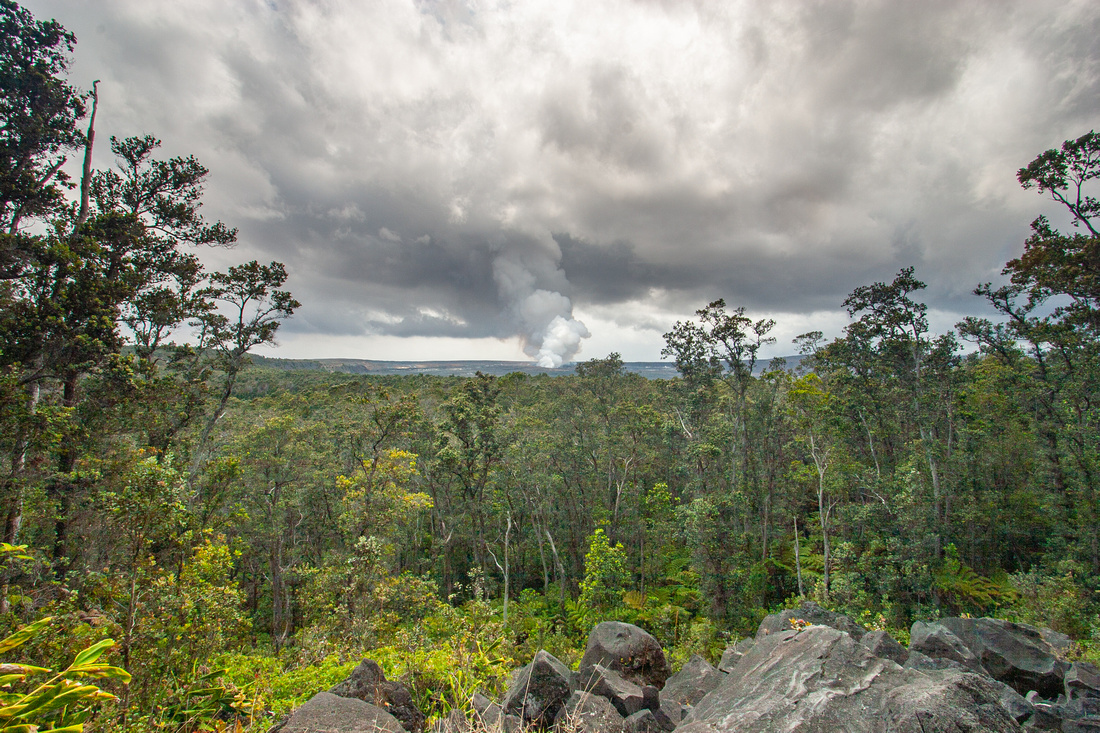 Hawaii Volcano National Park, HawaiiHawaii Volcano National Park is home to the world's two most active volcanoes, Kilauea and Mauna Loa. It is quite a treat to be there when the lava is pouring out into the ocean. Hawaii Volcano National Park, HawaiiHawaii Volcano National Park is home to the world's two most active volcanoes, Kilauea and Mauna Loa. It is quite a treat to be there when the lava is pouring out into the ocean.
Volcanic ash, Hawaii Volcanoes National Park
|
|
 Joshua Tree National Park, CaliforniaJoshua Tree National Park is well known for it's unique trees that live where the Mojave and Colorado deserts meet. Joshua Tree National Park, CaliforniaJoshua Tree National Park is well known for it's unique trees that live where the Mojave and Colorado deserts meet.
Sunset, Joshua Tree National Park
|
|
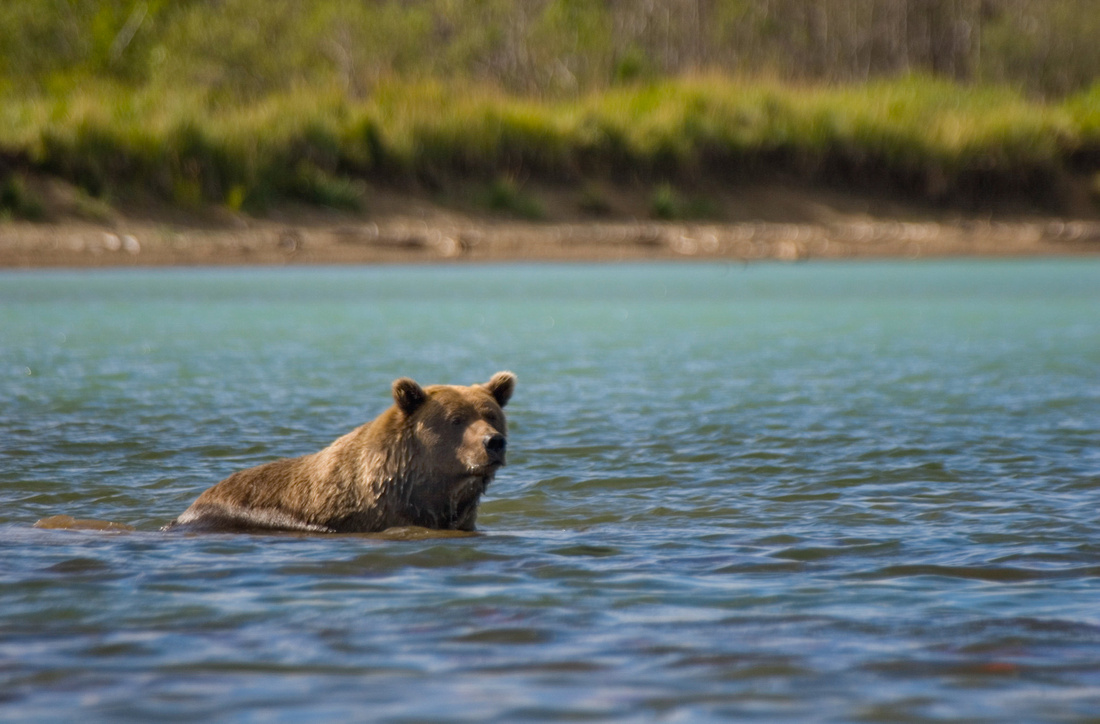 Katmai National Park, AlaskaKatmai National Park is known for its large population of brown (grizzly) bears, and it does not disappoint. There are plenty of salmon in the rivers and lakes so the bears aren't too concerned with the tourists. Katmai National Park, AlaskaKatmai National Park is known for its large population of brown (grizzly) bears, and it does not disappoint. There are plenty of salmon in the rivers and lakes so the bears aren't too concerned with the tourists.
Brown (Grizzly) Bear, Katmai National Park
|
|
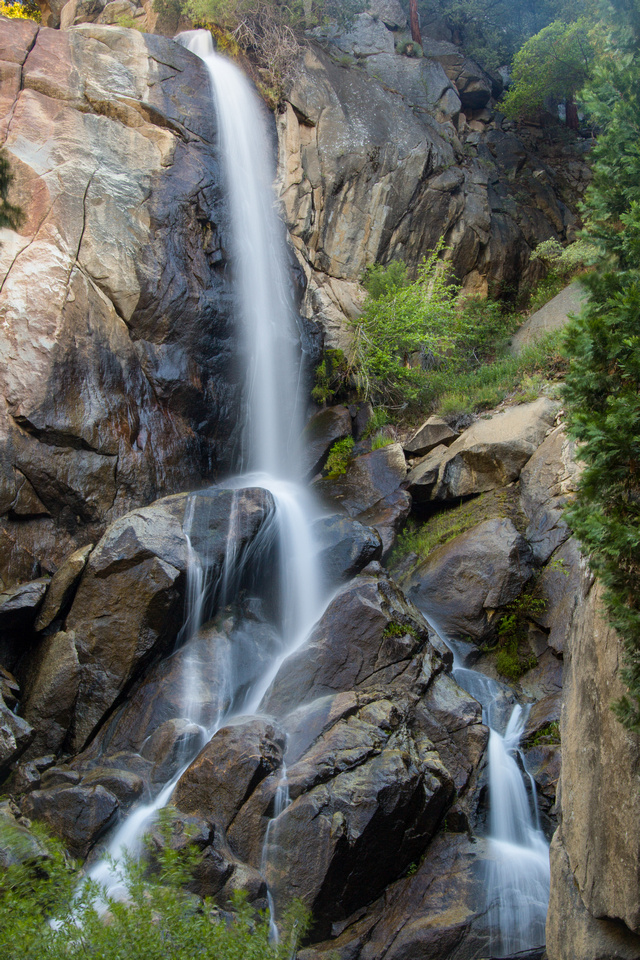 Kings Canyon National Park, CaliforniaKings Canyon, sister park to Sequoia National Park, is home to the largest remaining grove of sequoia trees in the world. It is also well known for it's many miles of hiking trails that lead into desolation wilderness. Kings Canyon National Park, CaliforniaKings Canyon, sister park to Sequoia National Park, is home to the largest remaining grove of sequoia trees in the world. It is also well known for it's many miles of hiking trails that lead into desolation wilderness.
Grizzly Falls, Kings Canyon National Park
|
|
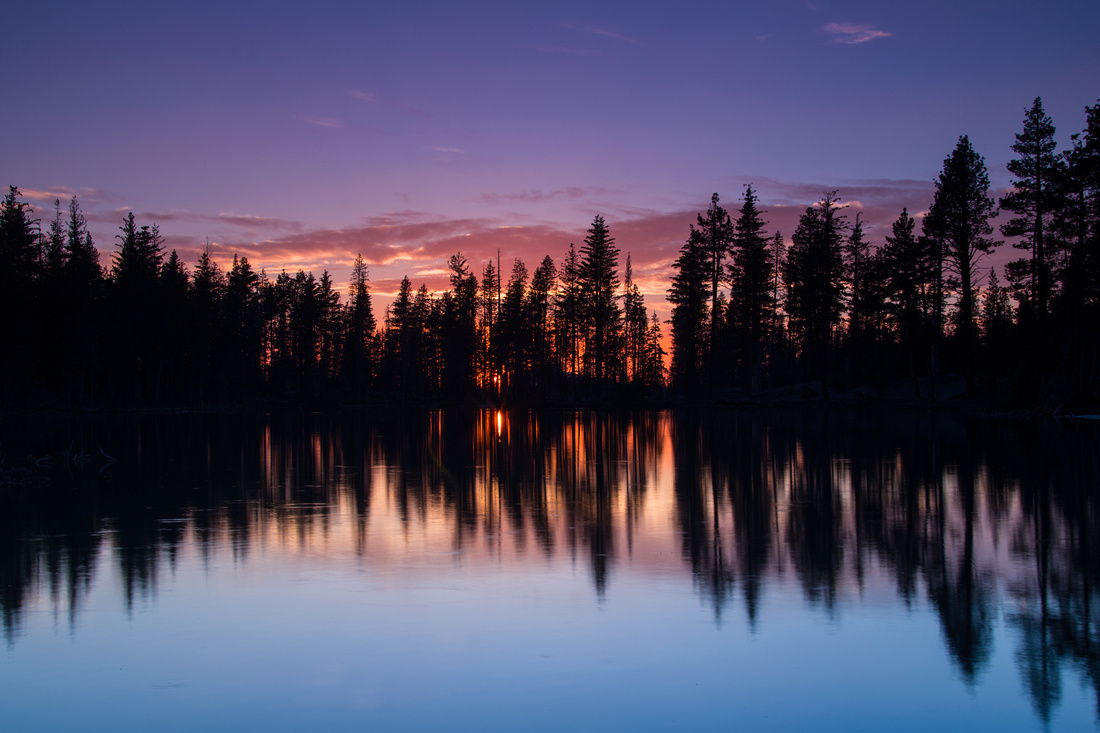 Lassen National Park, CaliforniaLassen National Park is known for Lassen Peak of course, but also for its 4 different volcanoes. It is also home to steaming fumaroles, much like those in Yellowstone, but you can also enjoy a colorful sunset at one of its many lakes, like this one at Reflection Lake. Lassen National Park, CaliforniaLassen National Park is known for Lassen Peak of course, but also for its 4 different volcanoes. It is also home to steaming fumaroles, much like those in Yellowstone, but you can also enjoy a colorful sunset at one of its many lakes, like this one at Reflection Lake.
Sunset on Reflection Lake, Lassen National Park
|
|
 Mount Rainier National Park, WashingtonStanding at 14,410 feet, Mount Rainier is an icon of the Washington landscape. This mountain is part of the Pacific Ring of Fire and is an active volcano. The park is also home to many hiking trails and waterfalls like this one. Mount Rainier National Park, WashingtonStanding at 14,410 feet, Mount Rainier is an icon of the Washington landscape. This mountain is part of the Pacific Ring of Fire and is an active volcano. The park is also home to many hiking trails and waterfalls like this one.
Waterfall, Mount Rainier National Park
|
|
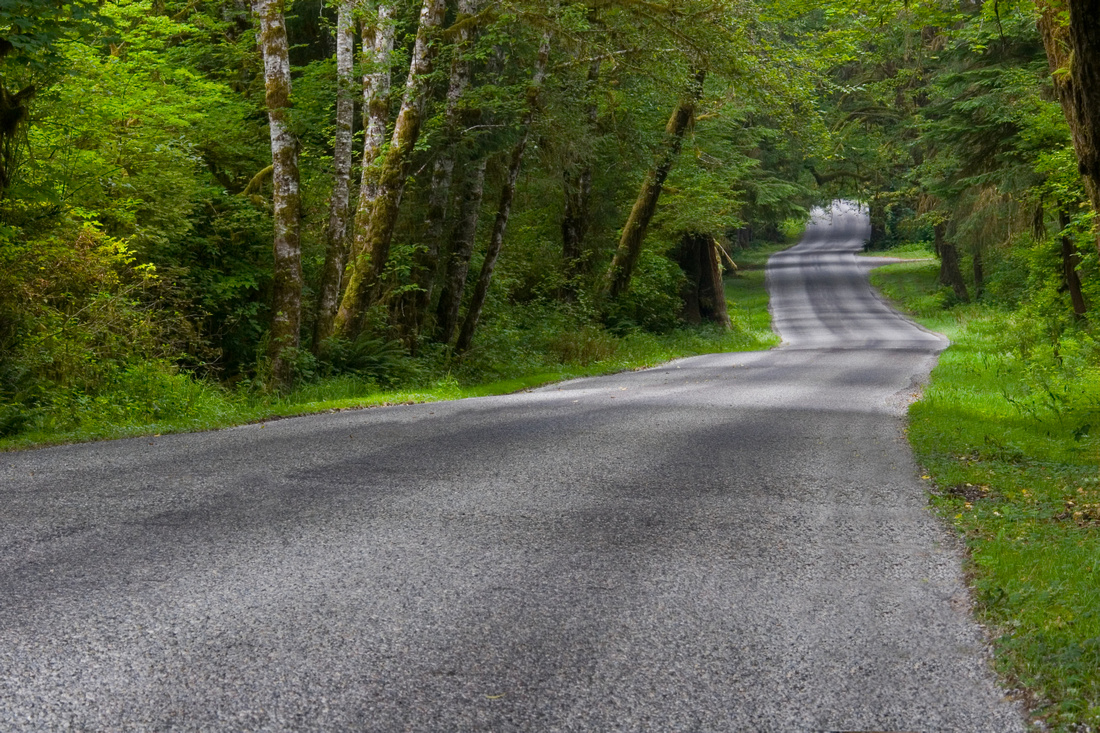 Olympic National Park, WashingtonOlympic National Park is known for its diversity of ecosystems, from tidepools, rain forests, and glaciers, it covers over a million acres! Olympic National Park, WashingtonOlympic National Park is known for its diversity of ecosystems, from tidepools, rain forests, and glaciers, it covers over a million acres!
Park road, Olympic National Park
|
|
 Petrified Forest National Park, ArizonaPetrified Forest National Park is known for the fossilized trees from the Triassic Epoch, roughly 225 million years ago. Petrified Forest National Park, ArizonaPetrified Forest National Park is known for the fossilized trees from the Triassic Epoch, roughly 225 million years ago.
Petrified Forest National Park
|
|
 Pinnacles National Park, CaliforniaThis is Bear Gulch, an easy and short hike in Pinnacles National Park. One of the trail routes on this hike is through a cave, which is closed seasonally for a colony of bats. Pinnacles National Park, CaliforniaThis is Bear Gulch, an easy and short hike in Pinnacles National Park. One of the trail routes on this hike is through a cave, which is closed seasonally for a colony of bats.
Bear Gulch, Pinnacles National Park
|
|
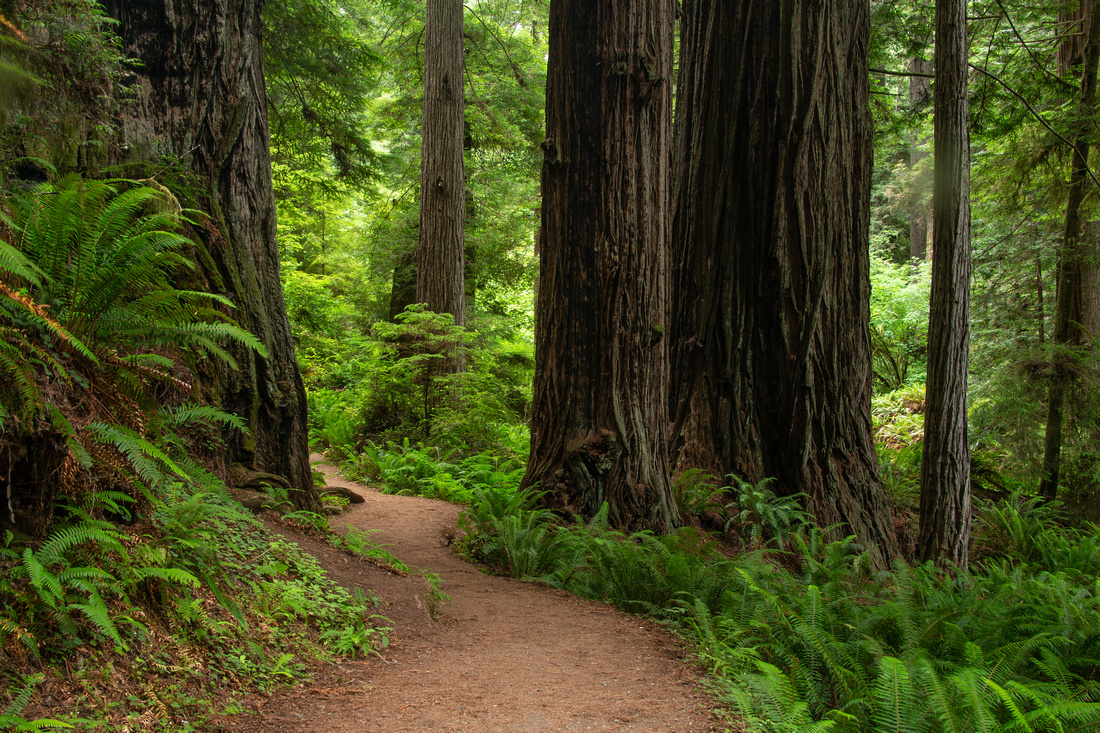 Redwoods National Park, CaliforniaThe redwoods is home ot the tallest trees on earth and has been designated a World Heritage Site. Redwoods National Park, CaliforniaThe redwoods is home ot the tallest trees on earth and has been designated a World Heritage Site.
Redwoods National Park
|
|
 Saguaro National Park, ArizonaThe saguaro is the universal symbol of the southwest and is the nation's largest cacti. Saguaro National Park, ArizonaThe saguaro is the universal symbol of the southwest and is the nation's largest cacti.
Saguaro National Park
|
|
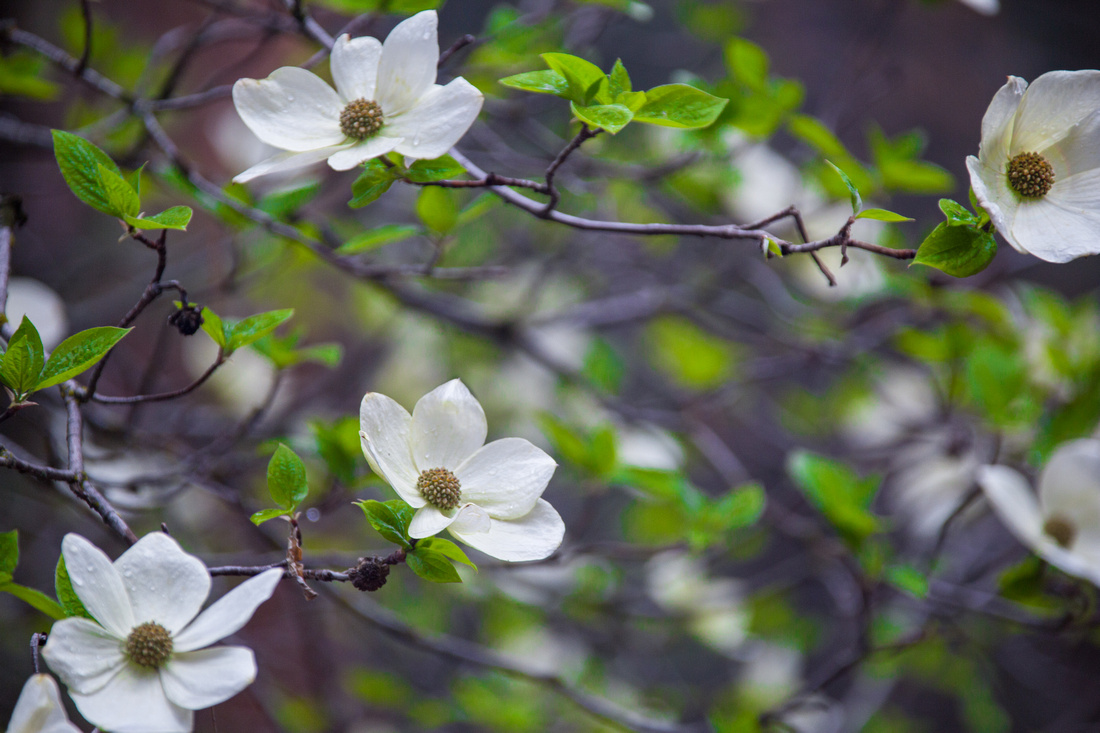 Sequoia National Park, CaliforniaSequoia National Park is known for it's massive sequoias of course. The General Sherman tree is the largest tree on Earth by volume. The park also produces a wonderful spring bloom of dogwoods. Sequoia National Park, CaliforniaSequoia National Park is known for it's massive sequoias of course. The General Sherman tree is the largest tree on Earth by volume. The park also produces a wonderful spring bloom of dogwoods.
Dogwoods, Sequoia National Park
|
|
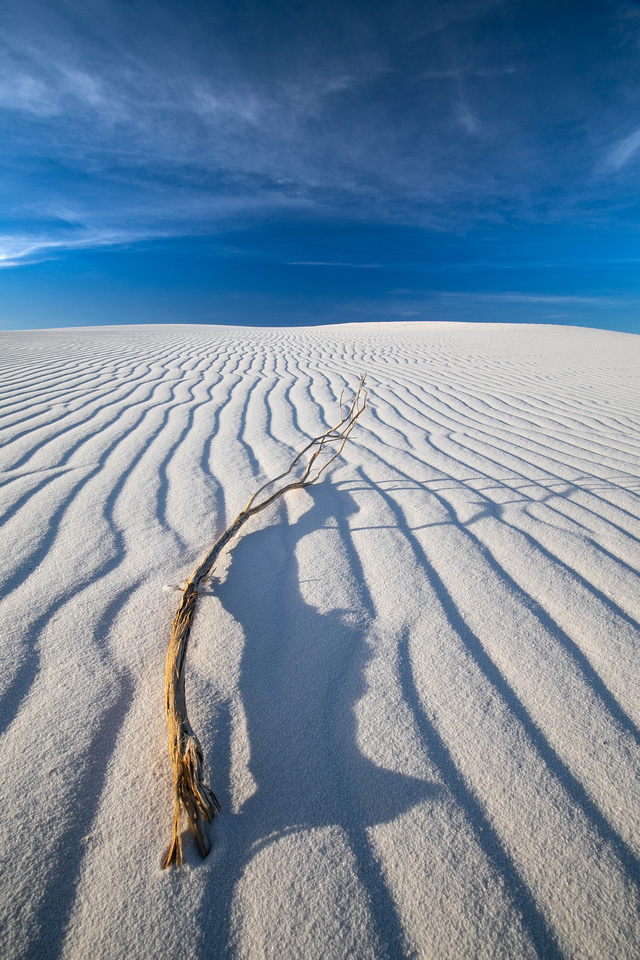 White Sands National Park, New MexicoWhite Sands is our newest National Park, designated on December 20, 2019. Moving to National Park status has proven to increase visitation, making it an attractive economic move for the surrounding communities. White Sands National Park, New MexicoWhite Sands is our newest National Park, designated on December 20, 2019. Moving to National Park status has proven to increase visitation, making it an attractive economic move for the surrounding communities.
White Sands National Park
|
|
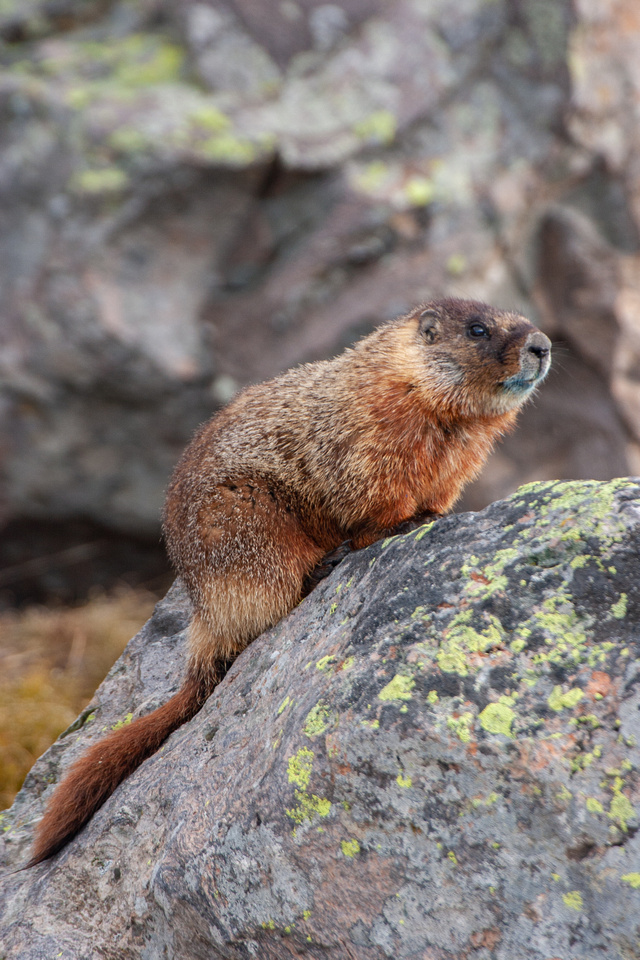 Yellowstone National Park, WyomingYellowstone is home to more geysers and hot springs than anywhere on earth, but you can also see bison, brown (grizzly) bears, elk, and these adorable marmots throughout the park. Yellowstone National Park, WyomingYellowstone is home to more geysers and hot springs than anywhere on earth, but you can also see bison, brown (grizzly) bears, elk, and these adorable marmots throughout the park.
Marmot, Yellowstone National Park
|
|
 Yosemite National Park, CaliforniaYosemite is my favorite National Park. I've visited this one over 50 times and I've barely scratched the surface on the possible hikes in the park. The valley is most well known for it's waterfalls, El Capitan (shown here) and Half Dome, but the high country is impressive as well. Yosemite National Park, CaliforniaYosemite is my favorite National Park. I've visited this one over 50 times and I've barely scratched the surface on the possible hikes in the park. The valley is most well known for it's waterfalls, El Capitan (shown here) and Half Dome, but the high country is impressive as well.
El Capitan, Yosemite National Park
|
|
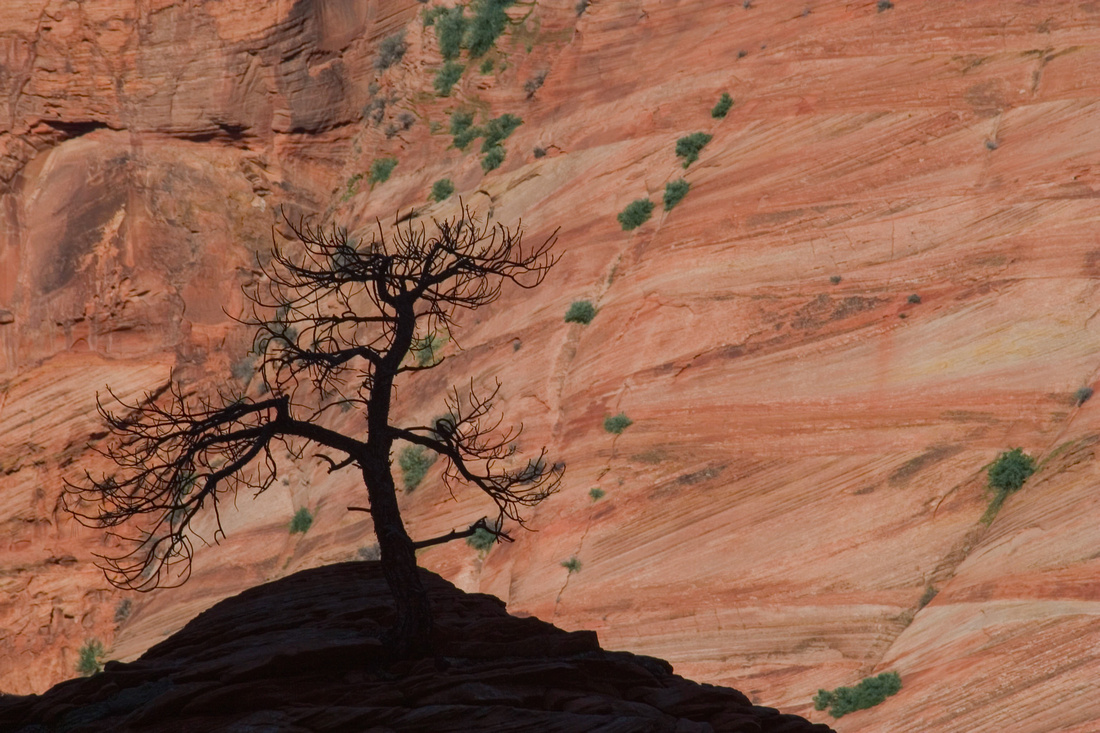 Zion National Park, UtahZion has become one of the most visited national parks in the country and for good reason. The landscape here is outstanding and the hiking offers some of the most beautiful scenery of any national park. Zion National Park, UtahZion has become one of the most visited national parks in the country and for good reason. The landscape here is outstanding and the hiking offers some of the most beautiful scenery of any national park.
Zion National Park
|
That's it! 31 National Parks and 31 to go. I hope you enjoyed this brief National Park tour and I hope you stay tuned for what "O" stands for.
 Grand Tetons National Park, WyomingThe Tetons are known for, well, the Tetons, but there is also a variety of wildlife viewing opportunities, hiking, fishing, and scenic drives. This is the sister park to Yellowstone.
Grand Tetons National Park, WyomingThe Tetons are known for, well, the Tetons, but there is also a variety of wildlife viewing opportunities, hiking, fishing, and scenic drives. This is the sister park to Yellowstone.





























